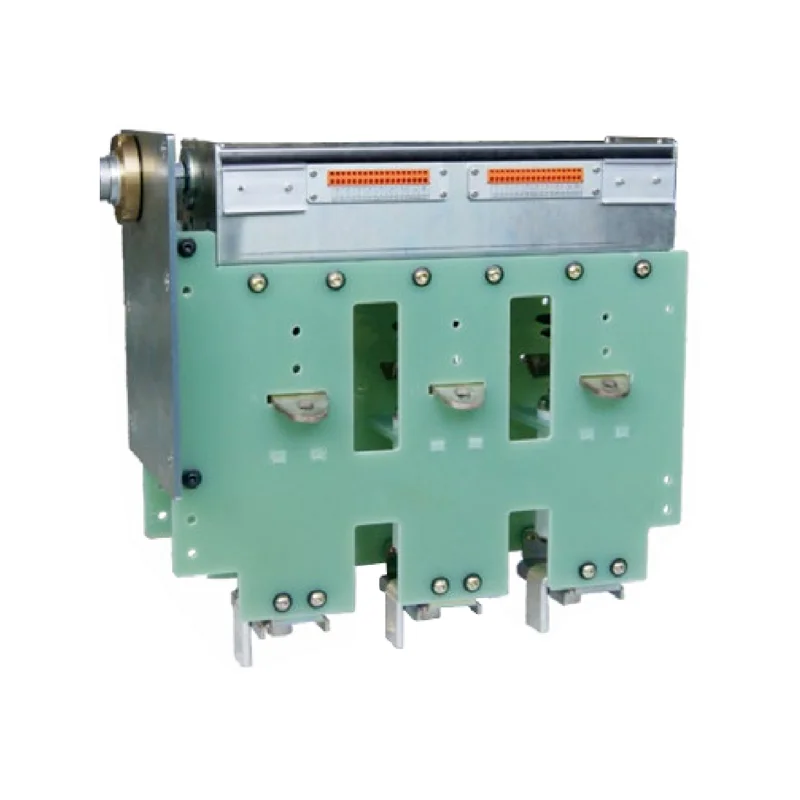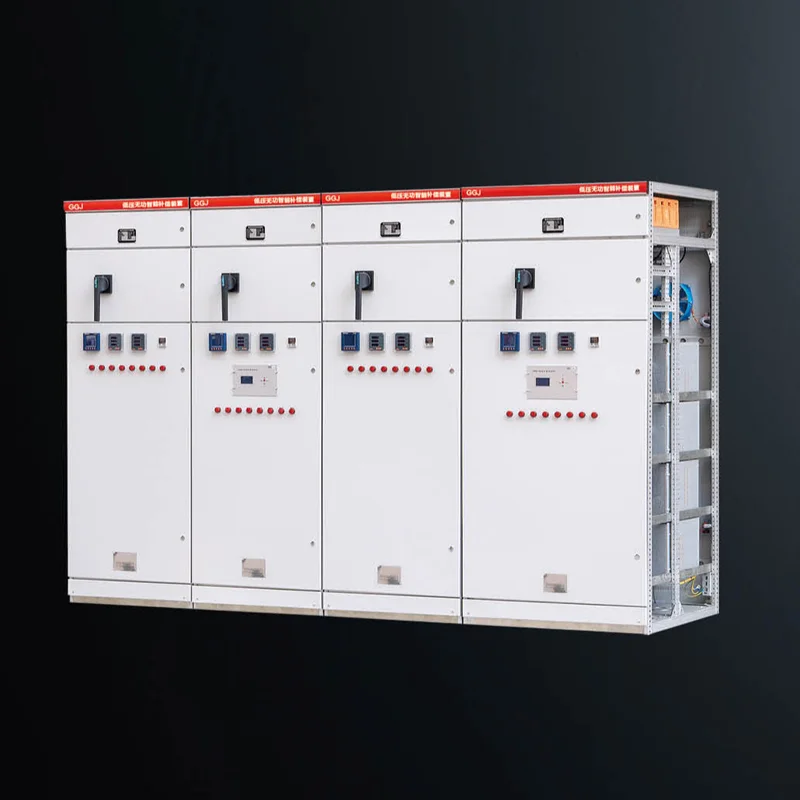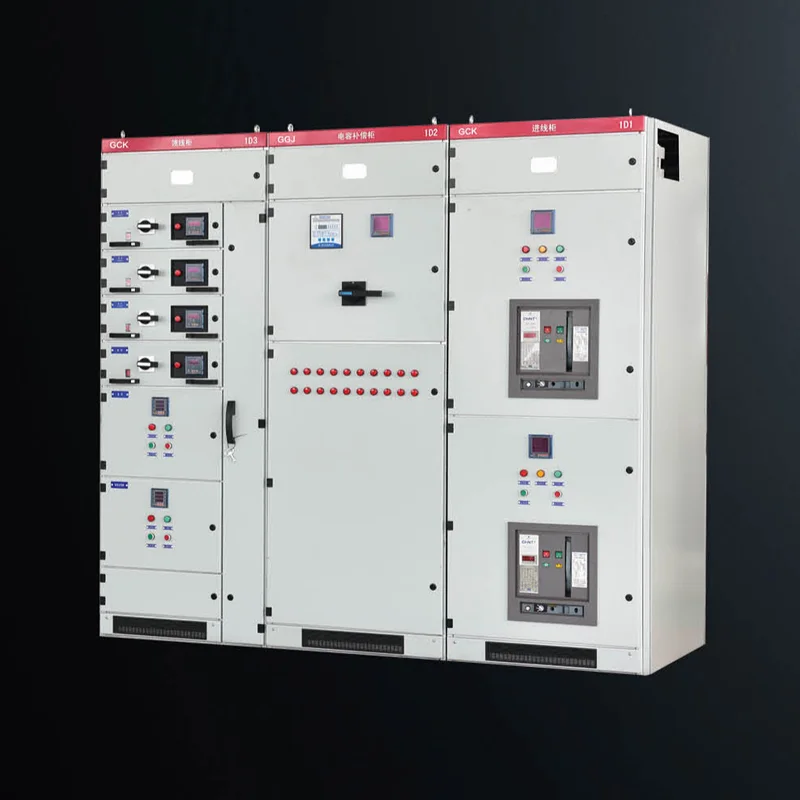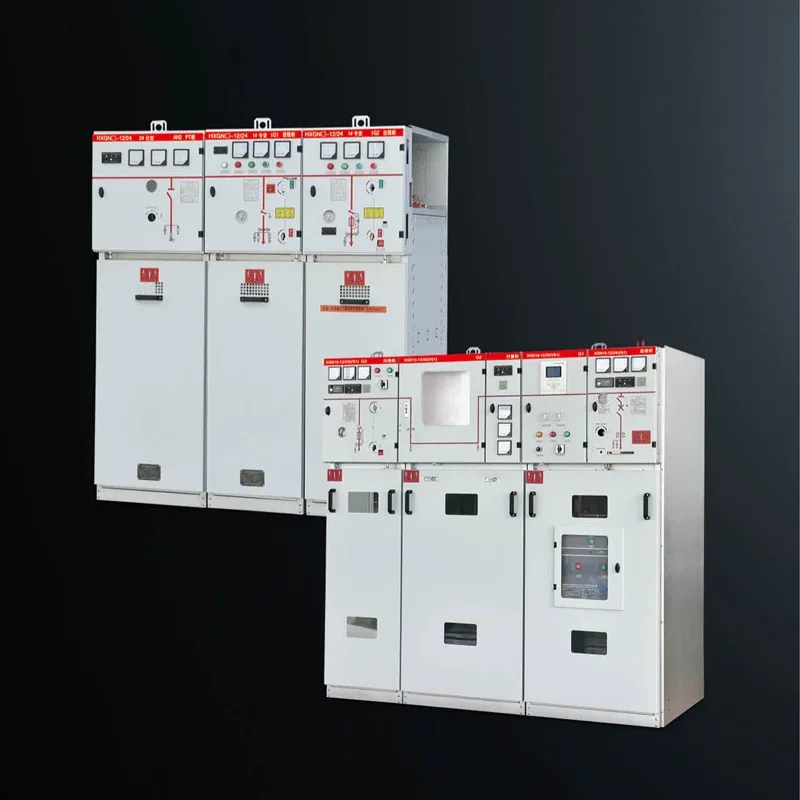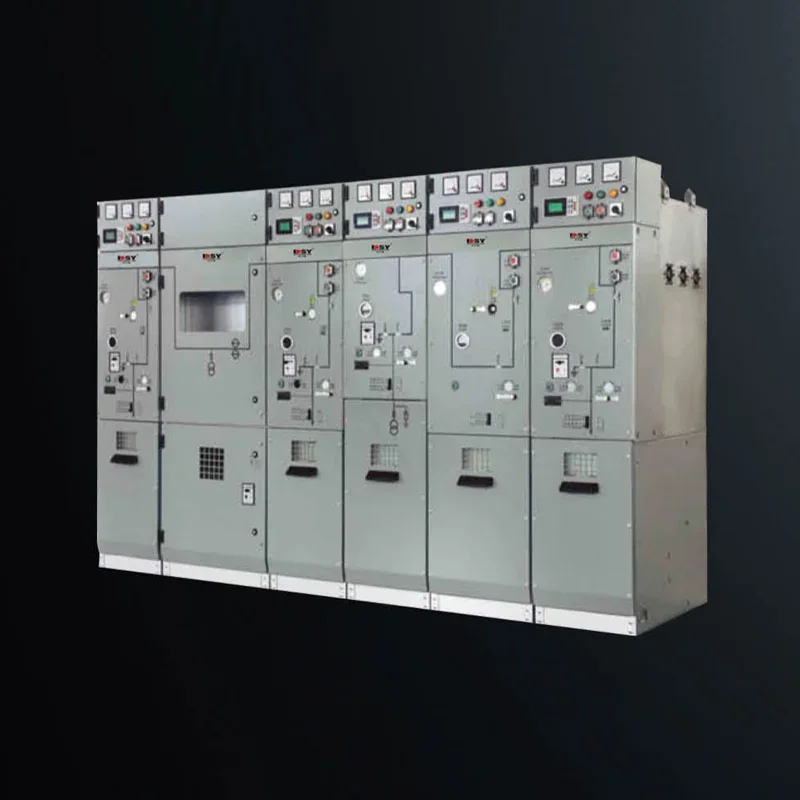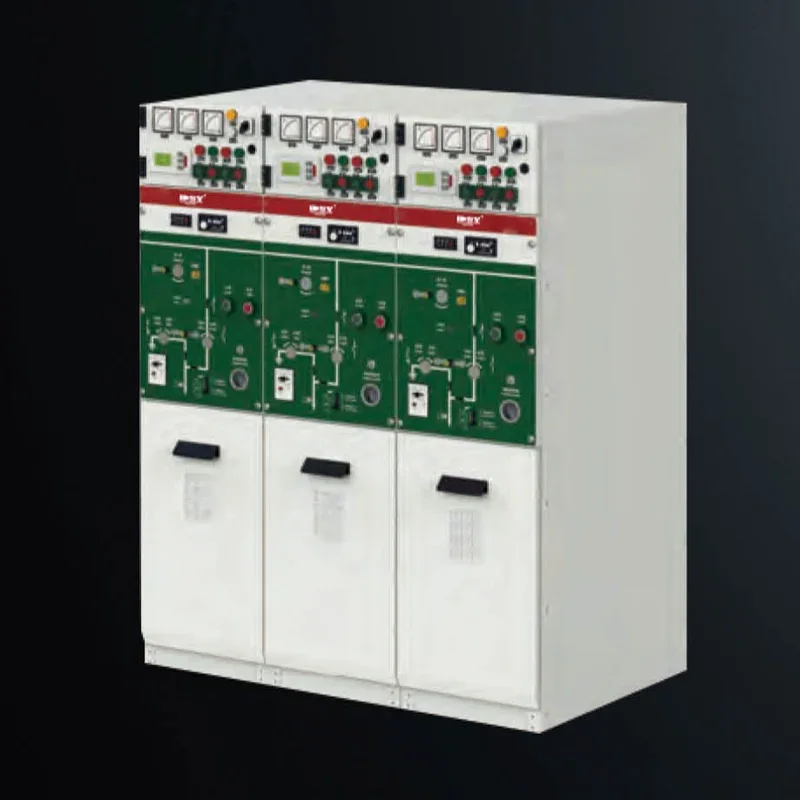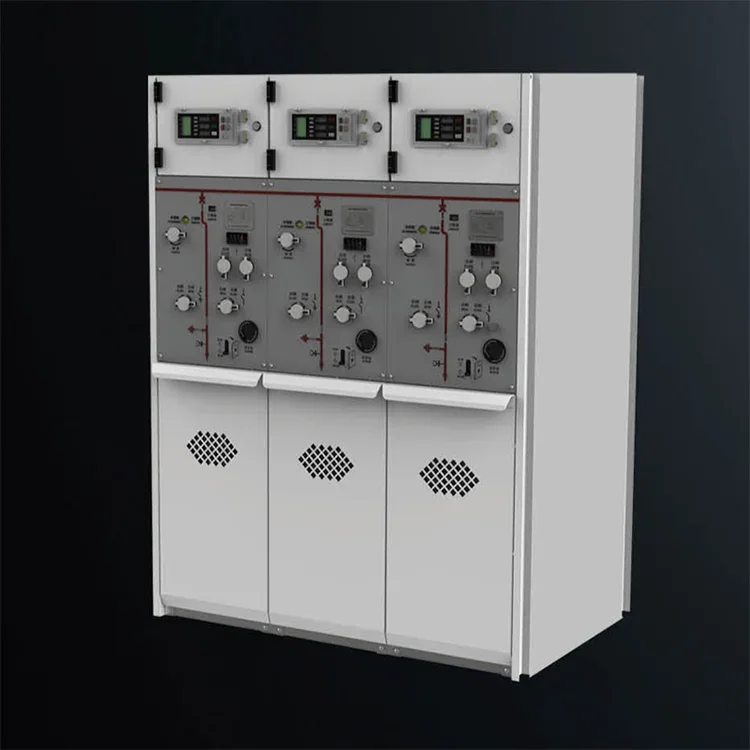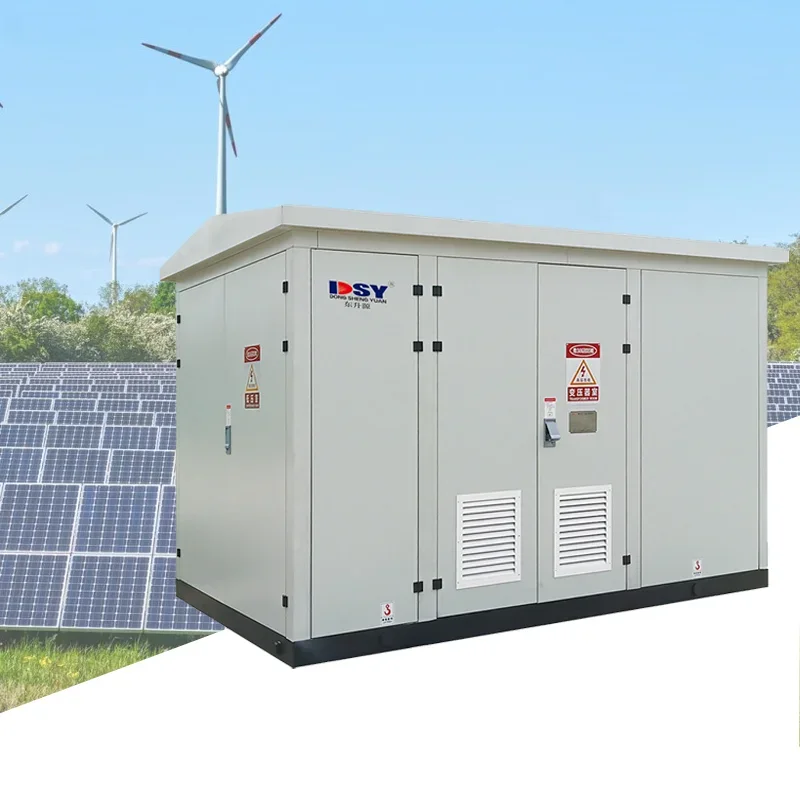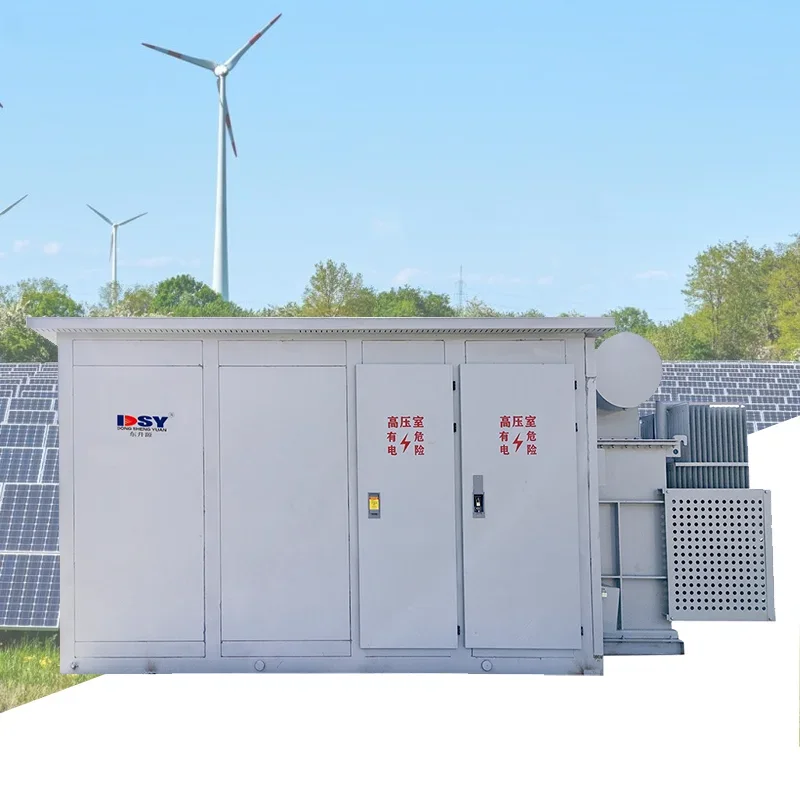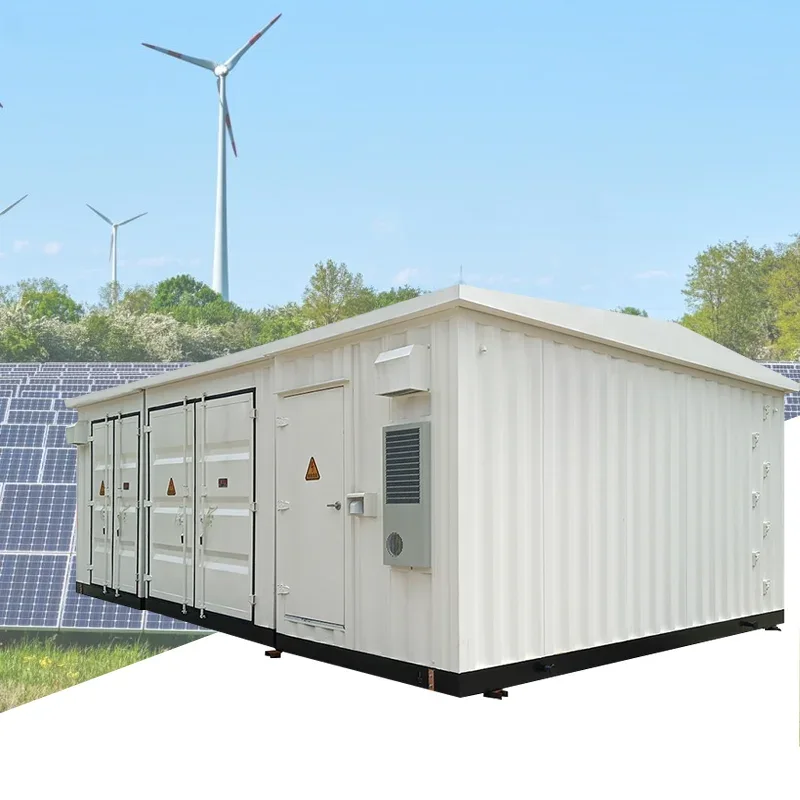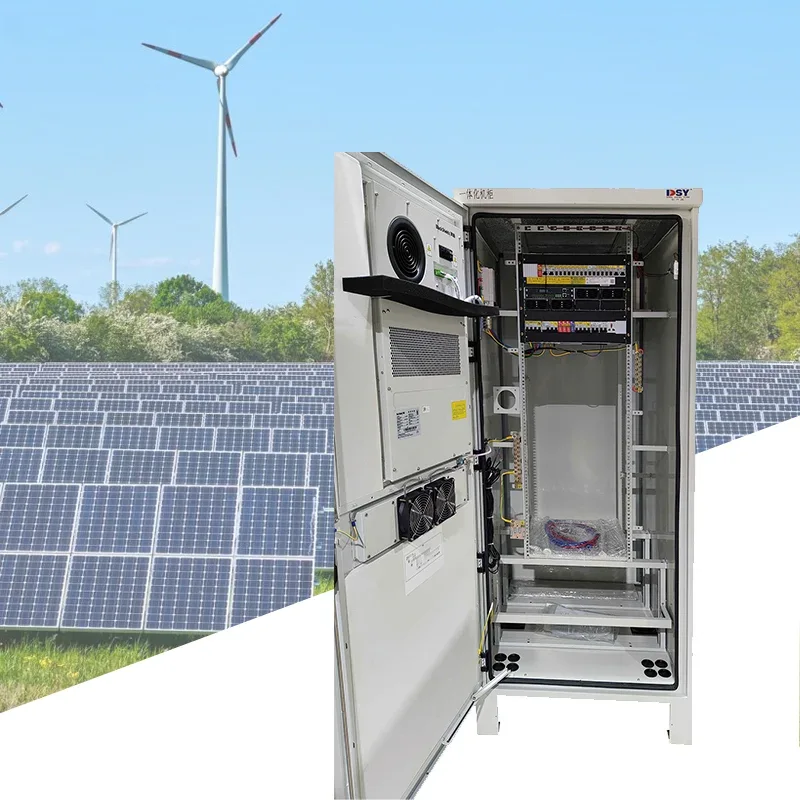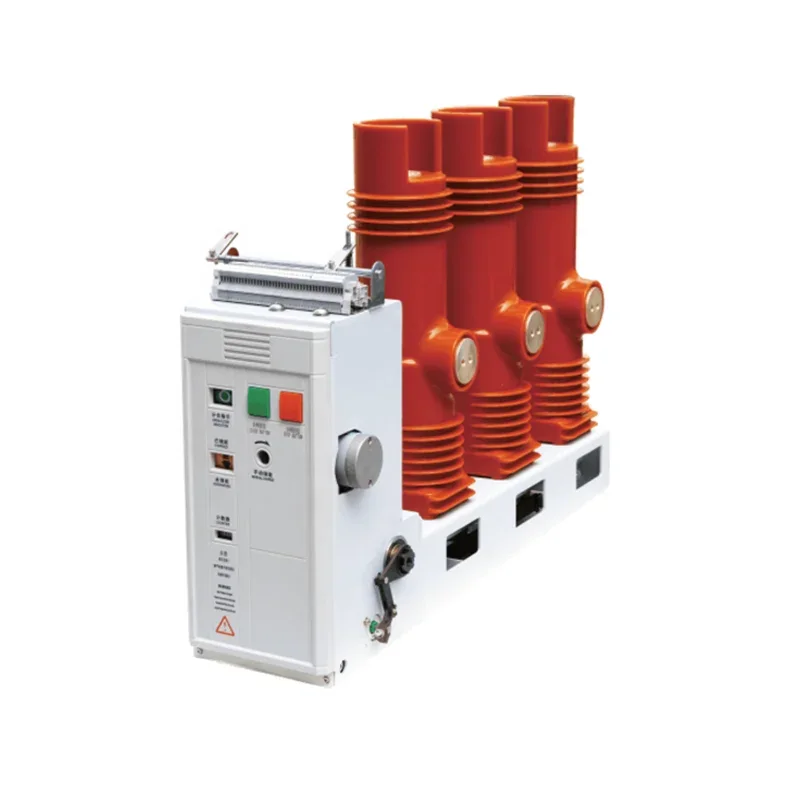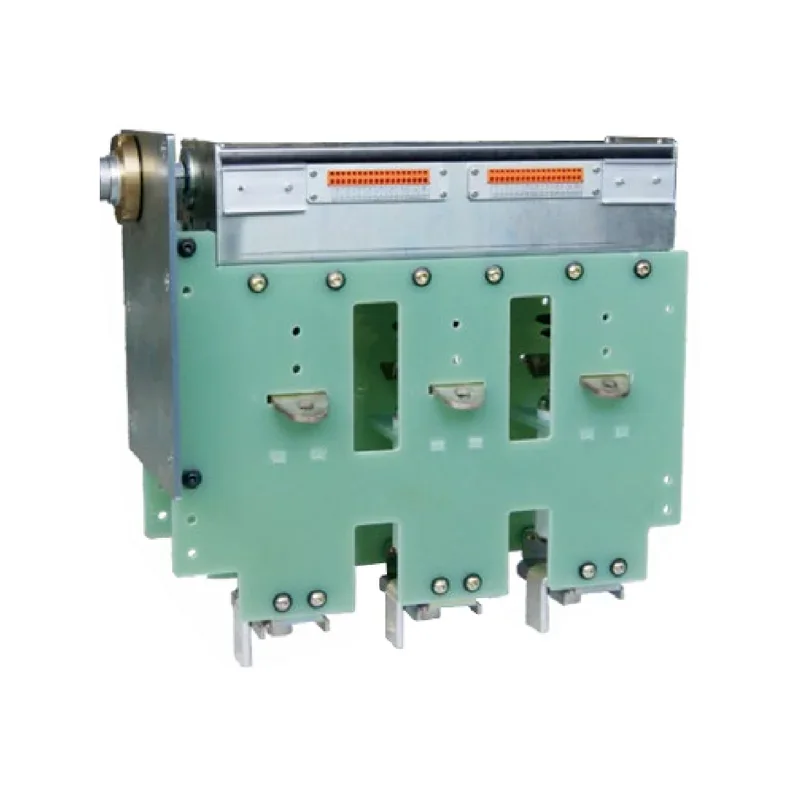How Electrical Switchgear Enhances Safety and Reliability in Power Systems
How Electrical Switchgear Enhances Safety and Reliability in Power Systems Table of Contents Introduction to Electrical Switchgear Importance of Electrical Switchgear in Power Systems Types of Low-Voltage Switchgear Air-Insulated Switchgear Gas-Insulated Switchgear Modular Switchgear Safety Features of Switchgear Reliabilit
Jun 28,2025
How Electrical Switchgear Enhances Safety and Reliability in Power Systems
Table of Contents
- Introduction to Electrical Switchgear
- Importance of Electrical Switchgear in Power Systems
- Types of Low-Voltage Switchgear
- Safety Features of Switchgear
- Reliability and Performance in Power Systems
- Installation and Maintenance Best Practices
- Future Trends in Switchgear Technology
- Conclusion
- Frequently Asked Questions
Introduction to Electrical Switchgear
Electrical switchgear is a fundamental component in modern power systems, serving as the interface between the electrical supply and end-users. It encompasses a range of equipment designed to control, protect, and isolate electrical circuits. As power demands increase, the reliability and safety of electrical systems have become paramount. Switchgear plays a pivotal role in ensuring that these demands are met while minimizing the risk of electrical hazards.
Importance of Electrical Switchgear in Power Systems
The primary function of switchgear is to disconnect and isolate electrical circuits during faults or maintenance. This action prevents accidents and equipment damage, thus enhancing safety. Additionally, switchgear contributes to the overall reliability of power systems by providing protection against overloads, short circuits, and other abnormal conditions that could lead to system failures.
Switchgear also enhances operational efficiency by enabling the smooth distribution of electricity across various loads. It allows for the seamless integration of renewable energy sources, which is becoming increasingly important in today’s energy landscape. This adaptability makes switchgear an essential component not only for traditional power systems but also for modern smart grids.
Types of Low-Voltage Switchgear
Switchgear can be categorized into several types, each serving specific applications within low-voltage power systems. Understanding these types helps in selecting the right switchgear for a given application.
Air-Insulated Switchgear
Air-insulated switchgear (AIS) is one of the most common types used in low-voltage applications. It relies on air as the primary insulating medium, making it a cost-effective solution for many installations. AIS is known for its simplicity and ease of maintenance. However, it requires more space compared to other types of switchgear, which can be a drawback in areas with limited real estate.
Gas-Insulated Switchgear
Gas-insulated switchgear (GIS) utilizes sulfur hexafluoride (SF6) gas for insulation, allowing it to be more compact than air-insulated alternatives. GIS is ideal for urban environments where space is at a premium. Its sealed design reduces the risk of environmental contamination and enhances safety by minimizing exposure to live electrical components. However, GIS tends to be more expensive than AIS and requires specialized maintenance procedures.
Modular Switchgear
Modular switchgear systems provide flexibility in design and installation. They allow for easy expansion or reconfiguration as power demands change. This type of switchgear is particularly useful for industrial applications, where load requirements can fluctuate significantly. Modular systems can incorporate various functions, including protection, monitoring, and control, into a single package.
Safety Features of Switchgear
Safety is a critical consideration in the design and operation of electrical switchgear. Manufacturers incorporate various safety features to mitigate risks and enhance user protection.
Arc Flash Protection
Arc flash incidents can pose severe risks to personnel and equipment. Modern switchgear often includes arc flash protection mechanisms, which detect and isolate faults in milliseconds. These systems significantly reduce the potential for injuries and equipment damage.
Ground Fault Protection
Ground fault protection systems monitor electrical currents for abnormalities and automatically disconnect circuits when a fault is detected. This proactive approach prevents equipment damage and minimizes safety hazards.
Remote Monitoring and Control
Many contemporary switchgear systems come equipped with remote monitoring capabilities. Operators can oversee system performance in real-time, allowing for rapid response to issues and enhancing overall safety. This technology also aids in predictive maintenance, preventing potential failures before they occur.
Reliability and Performance in Power Systems
The reliability of switchgear is essential for maintaining uninterrupted power supply. High-quality switchgear is designed to withstand harsh environmental conditions and frequent cycling, ensuring long-term performance.
Durability of Components
Switchgear components, such as circuit breakers and busbars, are engineered for durability. The materials used can withstand extreme temperatures, humidity, and corrosive environments, making them suitable for diverse applications.
Testing and Standards Compliance
Switchgear must comply with stringent safety and performance standards. Regular testing and certification ensure that switchgear operates correctly and safely, which is crucial for maintaining system reliability.
Minimizing Downtime
By providing effective protection and control, switchgear minimizes downtime during maintenance and fault recovery. This reliability is vital for critical infrastructure, such as hospitals, data centers, and manufacturing facilities, where uninterrupted power supply is essential.
Installation and Maintenance Best Practices
Proper installation and maintenance of switchgear are crucial for ensuring optimal performance and safety.
Professional Installation
Engaging qualified professionals for installation is essential. They possess the expertise to ensure that switchgear is installed according to manufacturer specifications and local regulations, which is critical for safety and reliability.
Regular Maintenance Checks
Implementing a regular maintenance schedule helps identify potential issues before they escalate. Maintenance should include inspections, testing, and cleaning of components, as well as updates to software in intelligent switchgear systems.
Documentation and Record-Keeping
Maintaining detailed records of installation, maintenance, and inspections can aid in troubleshooting and future planning. This documentation is invaluable for ensuring compliance with safety standards and for making informed decisions about upgrades and replacements.
Future Trends in Switchgear Technology
The landscape of electrical switchgear is evolving rapidly, driven by advancements in technology and the growing demand for sustainable energy solutions.
Smart Switchgear
Smart switchgear integrates advanced communication technologies, enabling real-time data exchange and system monitoring. This enables operators to make informed decisions based on current system performance, enhancing efficiency and reliability.
Integration with Renewable Energy Sources
As the world shifts towards renewable energy, switchgear technology must adapt to accommodate these sources. Innovative switchgear solutions are being developed to facilitate the integration of solar, wind, and other renewable energies into existing power systems seamlessly.
Emphasis on Sustainability
The future of switchgear also includes a focus on sustainability. Manufacturers are exploring eco-friendly materials and designs that reduce environmental impact while maintaining high safety and performance standards.
Conclusion
Electrical switchgear plays an indispensable role in enhancing the safety and reliability of power systems. With a variety of types available, each designed for specific applications, switchgear provides essential protection against faults and helps maintain uninterrupted electricity supply. As technology advances, the evolution of switchgear will continue to drive improvements in efficiency, safety, and sustainability in the electrical industry.
Frequently Asked Questions
1. What is the primary function of electrical switchgear?
The primary function of electrical switchgear is to control, protect, and isolate electrical circuits to ensure safe and reliable operation in power systems.
2. What are the differences between air-insulated and gas-insulated switchgear?
Air-insulated switchgear uses air as an insulating medium and is typically more space-consuming, while gas-insulated switchgear employs SF6 gas for insulation, allowing for a more compact design.
3. How does switchgear enhance safety in electrical systems?
Switchgear enhances safety by incorporating features like arc flash protection and ground fault monitoring, which detect and isolate faults quickly to prevent accidents.
4. What maintenance practices should be followed for switchgear?
Regular maintenance practices include professional inspections, testing of components, cleaning, and keeping detailed records of all maintenance activities.
5. What are the emerging trends in switchgear technology?
Emerging trends in switchgear technology include the development of smart switchgear, integration with renewable energy sources, and a focus on sustainability and eco-friendly designs.
PREVIOUS:
Related News
The difference between circuit breakers and vacuum circuit breakers
Circuit breaker is an abbreviation for pole type circuit breaker. Circuit breakers are also vacuum circuit breakers
Voltage regulators are required for various places that require voltage control, such as controlling lighting

